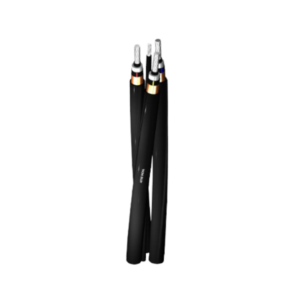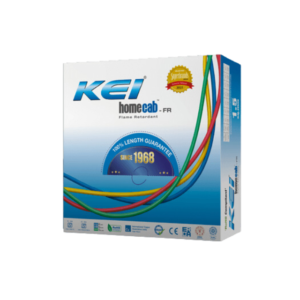Introduction
Low Voltage Cables come in a variety of sizes, materials, and types, each particularly adapted to its uses. Cables consist of three major components: conductors, insulation, and protective outer sheath. The makeup of individual cables varies according to application.
The construction and material are determined by three main factors
- Working voltage, determining the thickness of the insulation
- Current-carrying capacity, determining the cross-sectional size of the conductor(s)
- Environmental conditions such as temperature, water, chemical or sunlight exposure, and mechanical impact, determining the form and composition of the outer sheath of cable.
LV cables use stranded copper or aluminum conductors. although small conductor of cables may use solid conductors. The overall assembly may be round or flat. Non-conducting filler strands may be added to the assembly to maintain its shape. Special purpose LV cables for overhead or vertical use may have additional elements such as steel structural supports. Some LV cables for outdoor overhead use may have no outer sheath.






Reviews
There are no reviews yet.